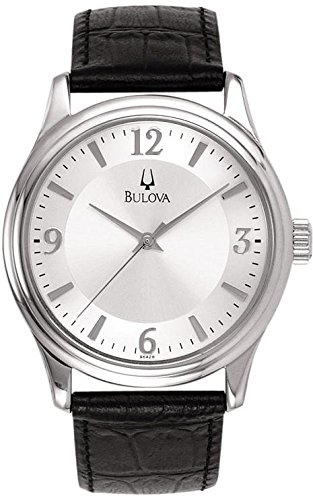For the life of me, I couldn’t figure out a clever alliterative title to this post. All the D-words I could think of were rather derogatory (see–there’s one right there), and while I may have failed to change others’ lives with my career, like so many with hopes and dreams of grandeur, I did managed to change mine, and drastically improve its standard of living. And after all, isn’t that our prime directive as a species, before we get into all that nonsense about purpose and self-actualization that we’re spoon-fed from the time we learn to write our names?
But I’m too young for a midlife crisis. This was a mere 10 years. What happened career-wise in that timeframe? Hmm…
I joined the company as the recession hit. Large swaths of the management staff were let go. Merit raises were frozen, our insurance was overhauled (not for the better), there was a hiring freeze, and then the parent company tried to sell off the division. When that failed, they realigned it, then merged it, and ultimately spun it off. In the end, I held 6 different positions over that time. It wasn’t exactly a period of sustained economic growth.
Through it all, the company has still maintained the practice of awarding ceremonial gifts unto an employee upon reaching a milestone number of tenured years. Or rather, they send a digital catalog and the employee gets to pick out a gift. They can be a bit odd too, like sunglasses, a crockpot, or a telescope. But I, reflecting upon what I have endured to reach that point, prefer to find my own symbolic meanings and so choose something of…symbolism.
So it was that upon reaching 5 years, when I was still a call-center agent toiling away in the ranks, when every second of my time spent on the clock was tracked and reported to generate various statistics and graphs that visualized how I wasn’t working hard or quickly enough, that I chose the Bulova analog watch:

…you know, because time? Although now it occurs to me that this may already be intended symbolism, due to the watch’s ubiquity as a “years of service” award. Because I guess there isn’t really a wearable calendar.
But now, I’ve reached 10 years. Following suit on the symbolic gift appropriate choice…thing, I noticed this in the catalog:

A crystal whiskey decanter! I couldn’t think of anything more appropriate had I tried: both a symbol of what has gotten me through those 10 years alive, and going forward, a physical item to get me through the next 10 years.
Plus, it’ll annoy Liz. Win!
–Simon



 Of course, that nightmarish formula is more readily understood in its natural format: a spreadsheet, so naturally I’ve provided it along with instructions:
Of course, that nightmarish formula is more readily understood in its natural format: a spreadsheet, so naturally I’ve provided it along with instructions:




